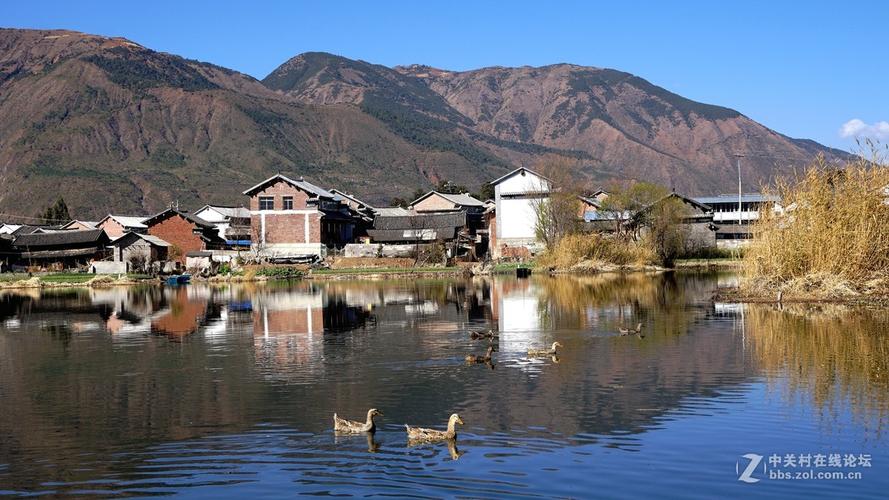Learning is an ever-evolving process, and it’s never too early or too late to get started. As a 10th grader, you have the opportunity to explore and learn about the world’s rich heritage in a variety of fascinating ways. In this article, we’ll summarize the critical lessons learned while exploring the World Heritage List.
The World Heritage List is a collection of significant cultural and natural landmarks that need to be preserved for future generations. It includes a variety of places such as ancient cities, temples, forests, lakes, and mountains. These places are both tangible and intangible and reflect the collective human experience over time.
Exploring the World Heritage List teaches us many valuable lessons on history, culture, and the environment. Firstly, it enlightens us about the importance of preserving cultural properties. These properties preserve significant historical evolution, which provides an insight into our roots and the origin of our society. These landmarks are not just physical objects; they are a mirror of our history and a symbol of our rich cultural heritage that we must strive to preserve for future generations.
Secondly, we learn about environment conservation. The World Heritage List’s natural properties, such as forests, lakes, and mountains, are vital for the survival of numerous species on earth. Visiting these natural sites makes us appreciate the importance of nature conservation, as they provide a habitat for animals and plants, which are critical to maintaining a healthy environment.
Thirdly, exploring the World Heritage List also teaches us respect for diversity. The properties enlisted on the World Heritage List belong to various cultures and locations. Each site has unique characteristics, values and significance. By recognizing the diversity of these sites, we can respect and appreciate our differences as human beings, fostering a sense of global harmony.
Lastly, exploring the World Heritage List teaches us about responsible tourism. Our visit to these sites impacts the environment and the local community. Therefore, we must be conscious of our actions and protect these sites from damages. As a responsible traveler, we can promote sustainable tourism and support the local community that relies on these sites.
In conclusion, Exploring the World Heritage List in the 10th Grade is an excellent opportunity to learn about the world’s heritage and the environment, cultural values, diversity, and responsible tourism. By visiting these sites and engaging with local communities, we can learn and appreciate the importance of preserving the World Heritage List’s cultural and natural landmarks to sustain our sustainable future.
(Note: Do you have knowledge or insights to share? Unlock new opportunities and expand your reach by joining our authors team. Click Registration to join us and share your expertise with our readers.)
Speech tips:
Please note that any statements involving politics will not be approved.
